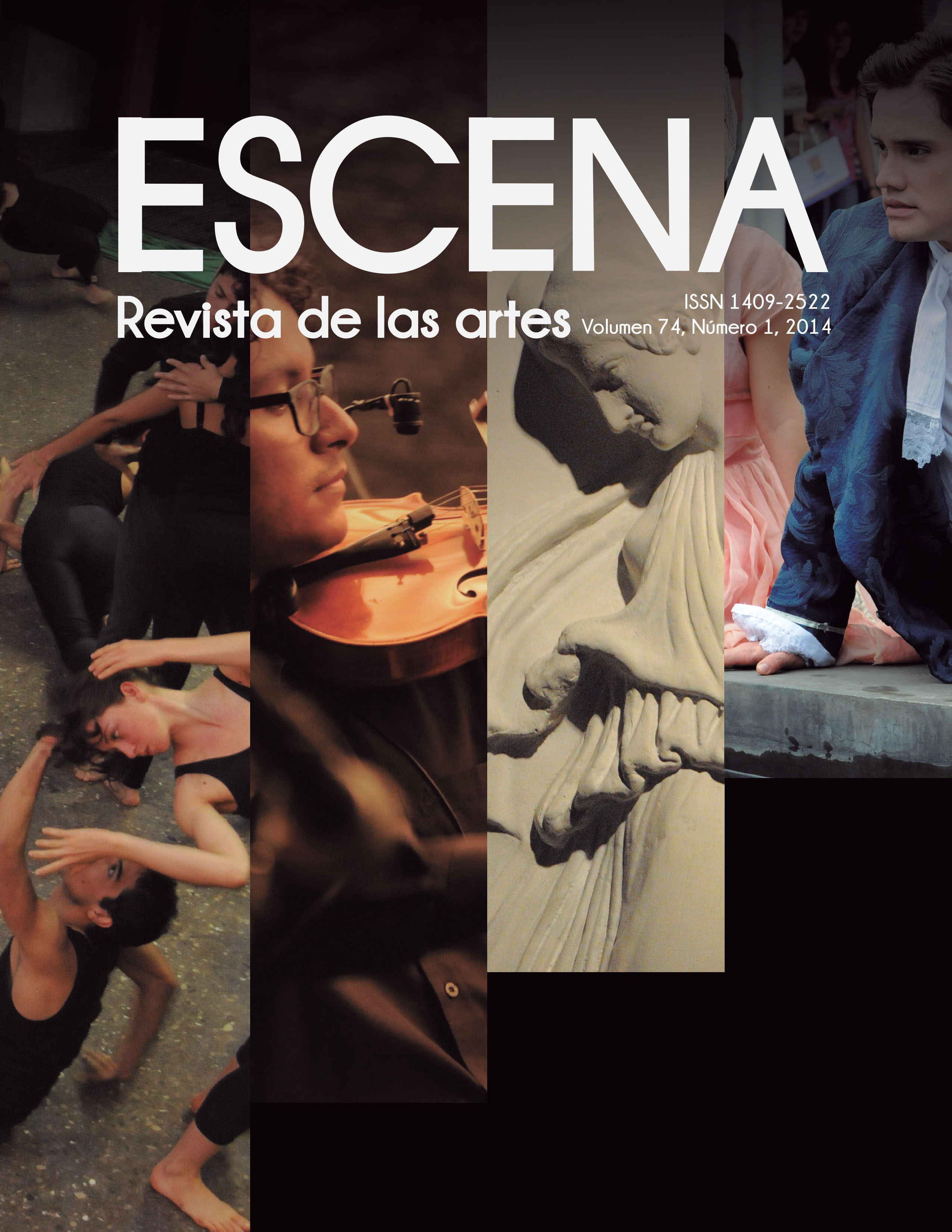Abstract
In this article, we analyze the relationship between the dramatic text of William Shakespeare’s Romeo and Juliet with the Hollywood film derived from it, Shakespeare in Love, in light of the theoretical contributions of Roland Barthes, Julia Kristeva, Georges Bataille and Octavio Paz, in particular, the love-hate relationship and the presence-absence dialectic partner.
References
Barthes, R. (1997). Fragmentos de un discurso amoroso. México: Siglo XXI Editores.
Bataille, G. (2002). El erotismo. Barcelona:Tusquets.
Carrillo, J (s.f.). Características del Género
Teatral. Recuperado el 23 julio 2013 de http:www.Juntadeandalucia.es/averroes/nilo/archivos/generoteatral.pdf
Dryden, J. (1918). An Essay of Dramatic Poesy. Oxford: Clarendon Press.
Kristeva, J. (2000). Historias de amor. México: Siglo XXI Editores.
Ordoñez, E. (2003). Análisis de Romeo y Julieta. Bogotá: Editorial Panamericana.
Paz, O. (2001). La llama doble. México: Seix Barral. Salt, L. E. y Sinclair, R (ed.) (1956). Oxford Junior Enciclopedia: The Arts. Vol. XII. Londres: Oxford University Press
Shakespeare, W. (1967). Romeo and Juliet. Canada: Coles Publishing.
_________ (1999). Romeo y Julieta. (Trad. Federico Trillo). España: Editorial Planeta (Colección Millenium).
Cooper M, Gigliotti D y Goldstein J (productores) & Madden J (Director) (1997). Shakespeare enamorado. [cinta cinematográfica]. Estados Unidos: Miramax Films/Universal Pictures/The Bedfords Falls Company.


